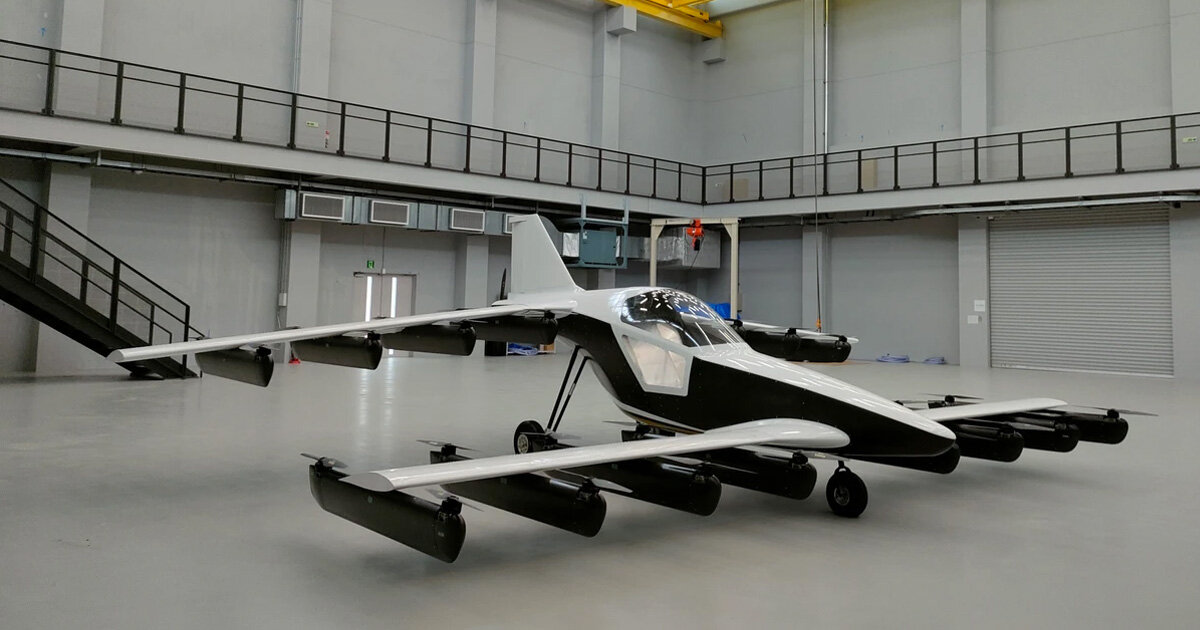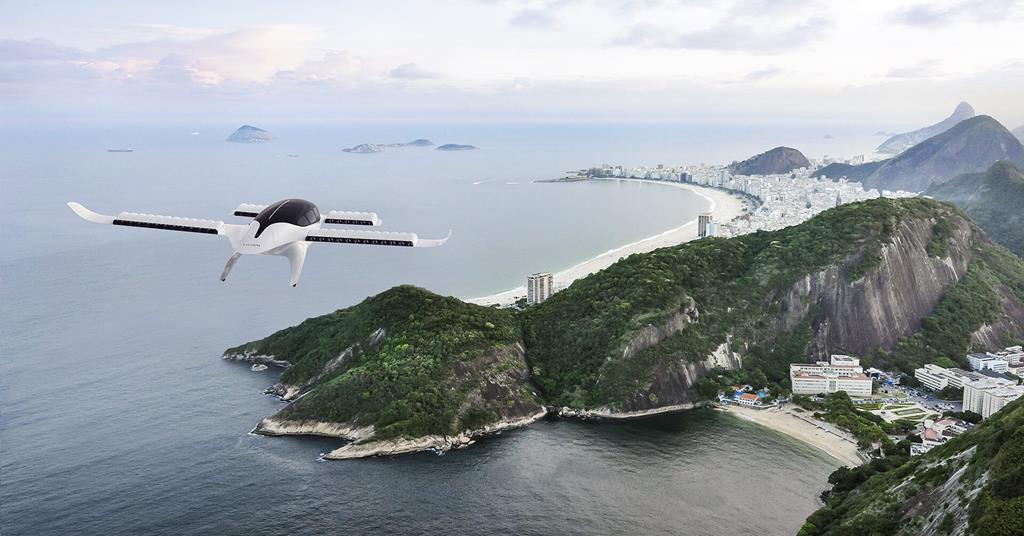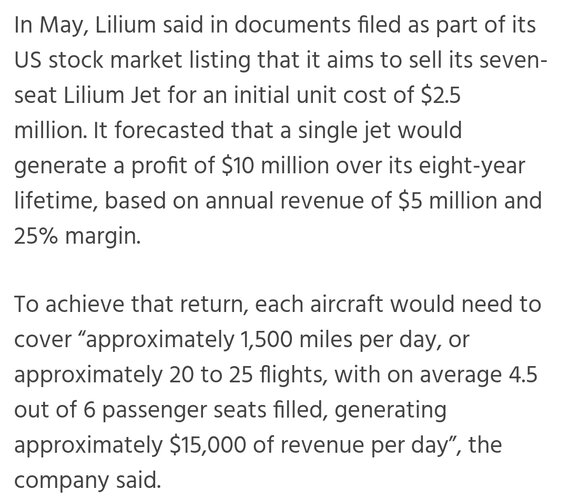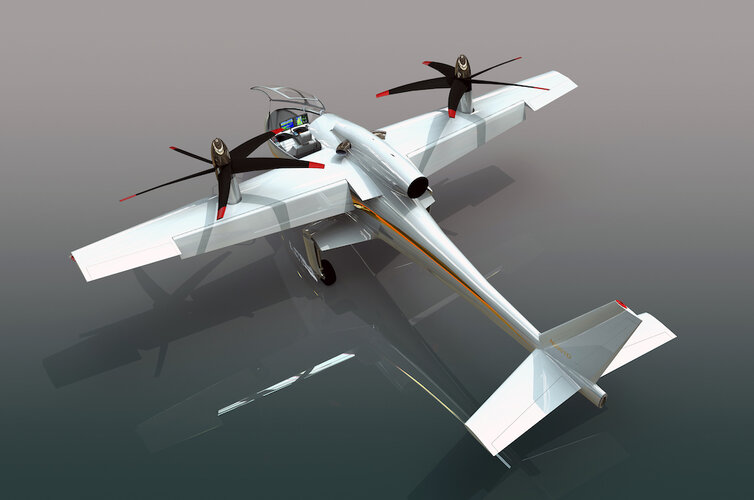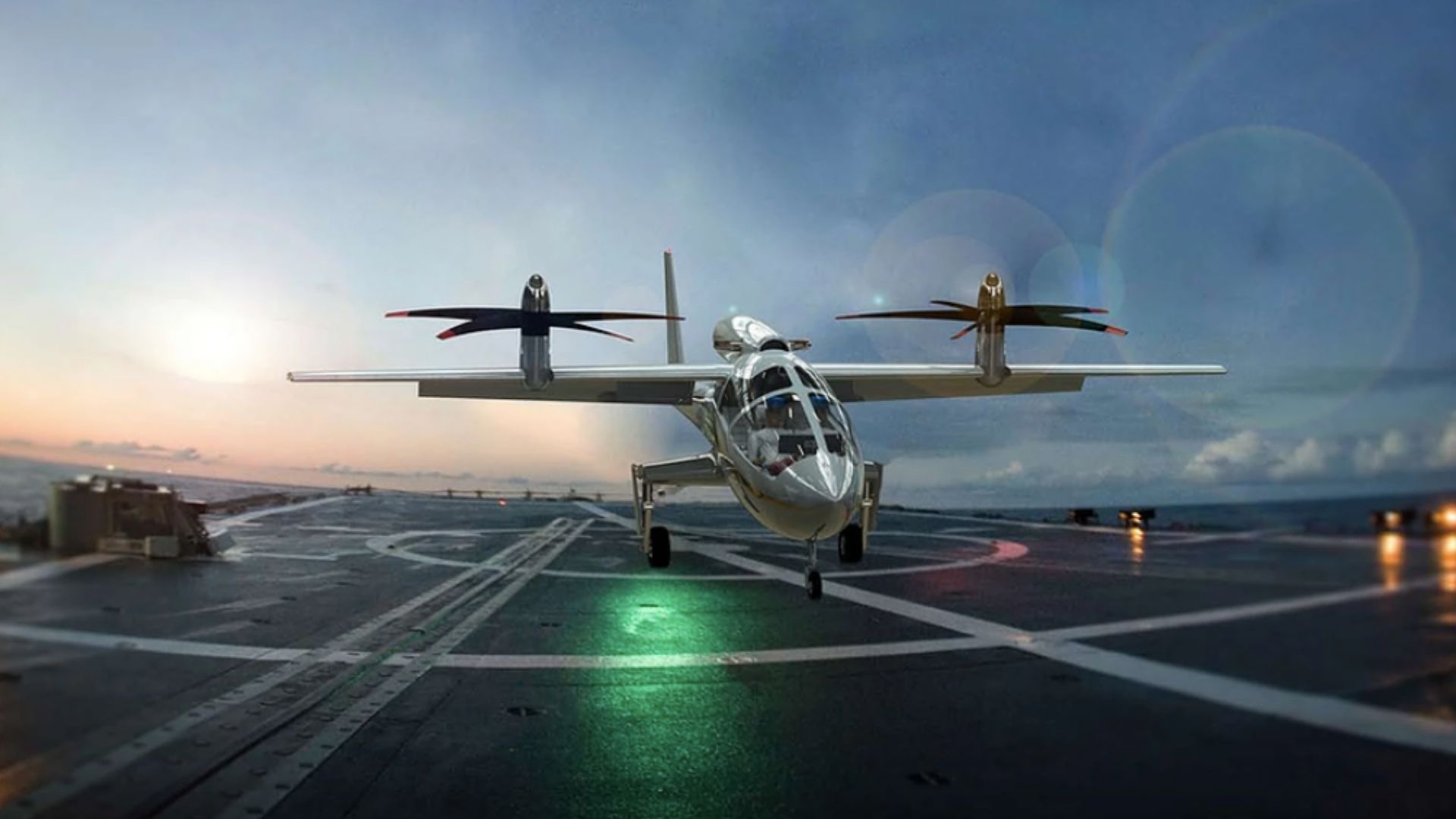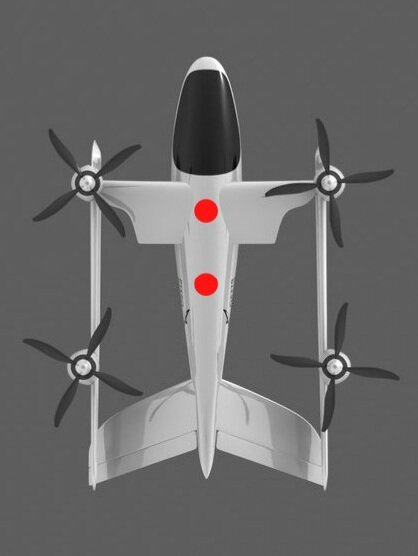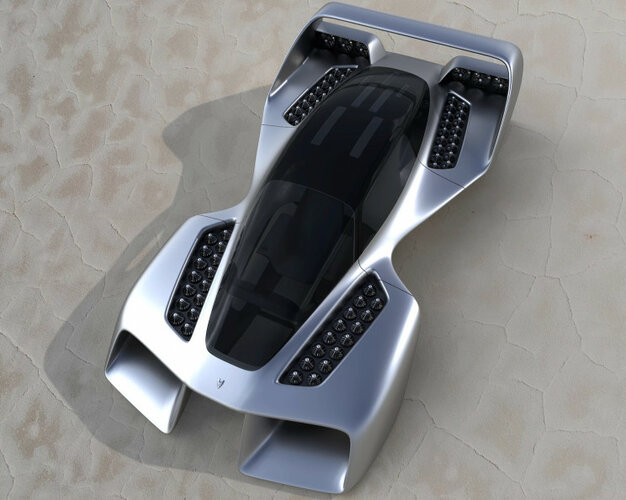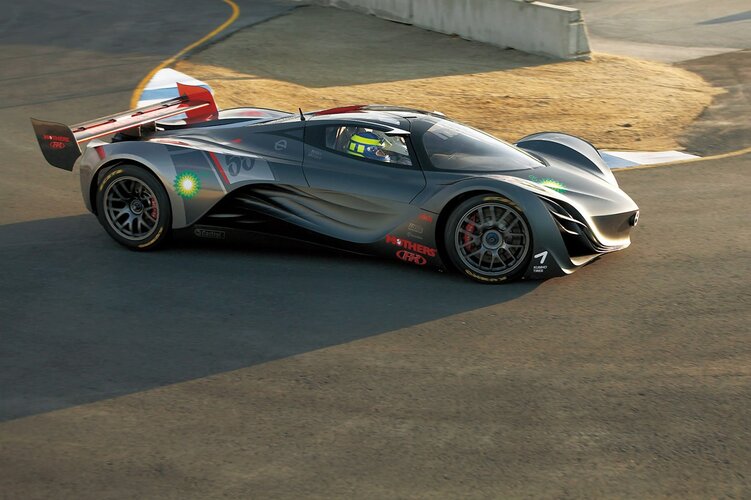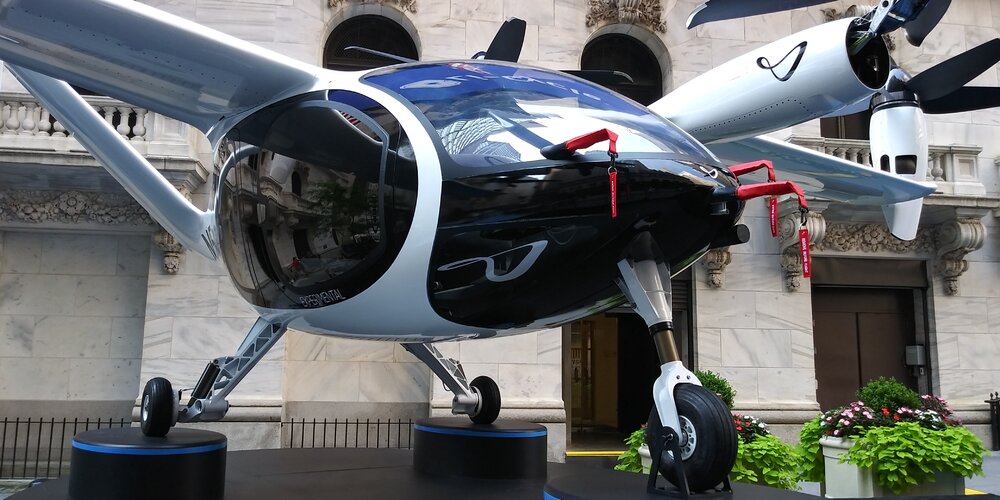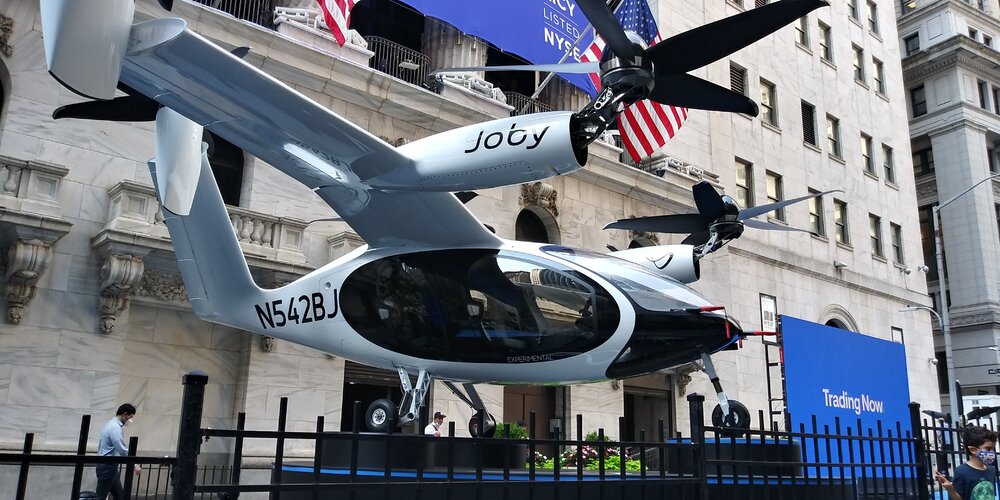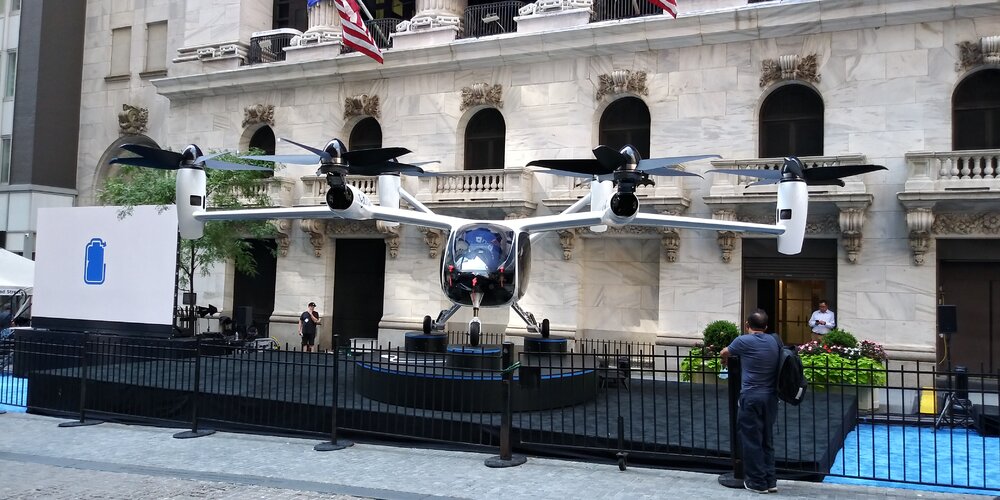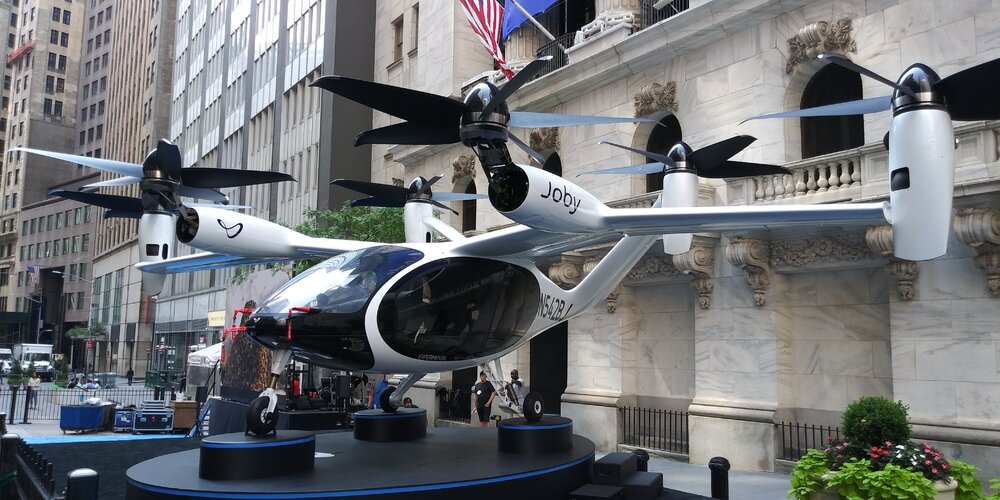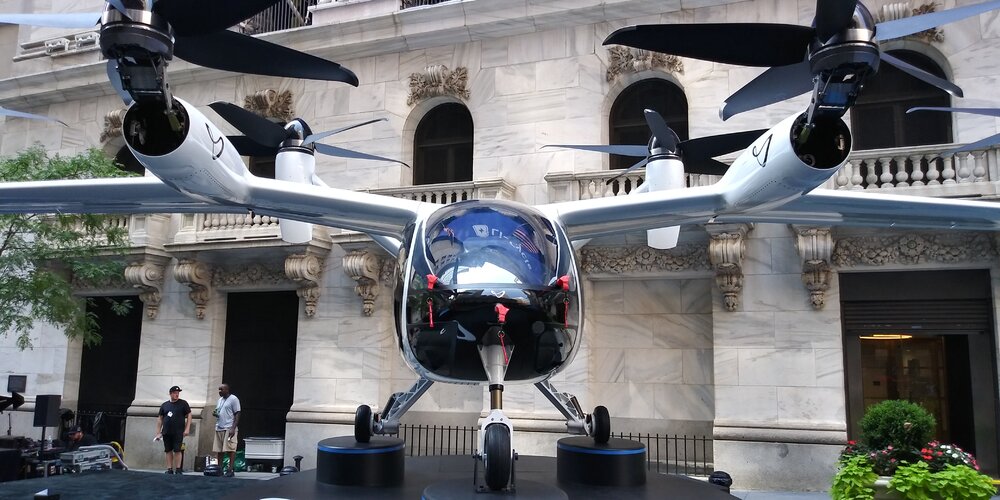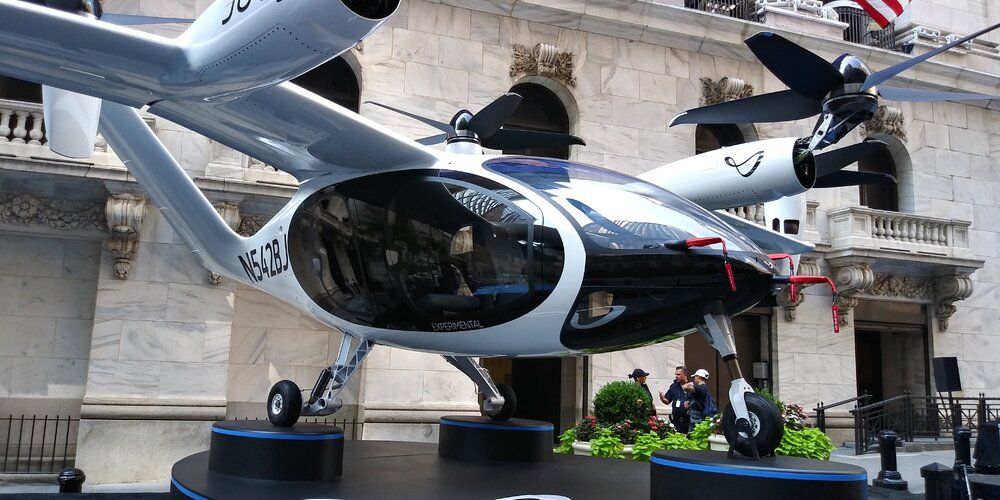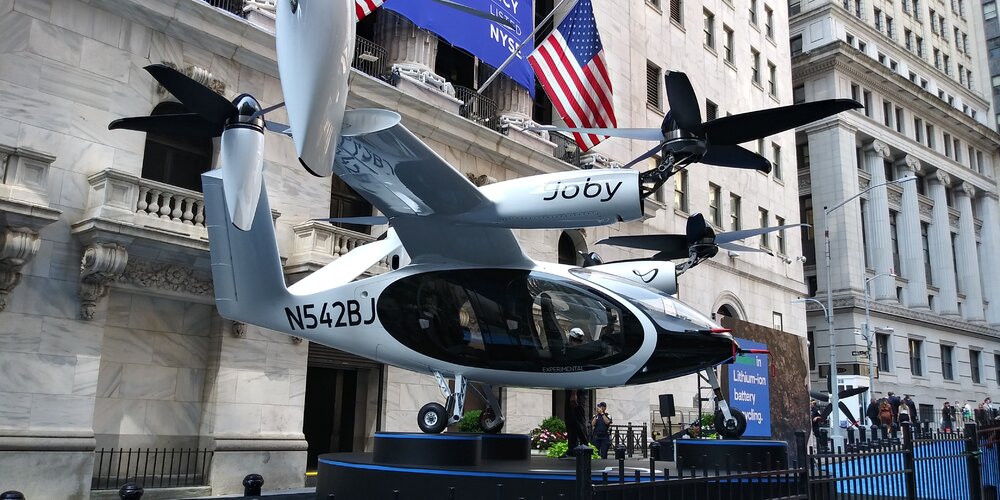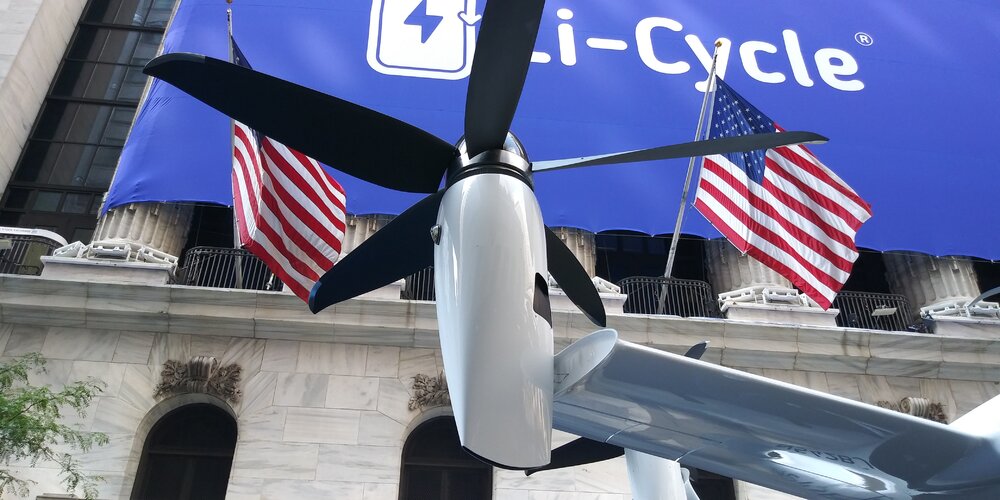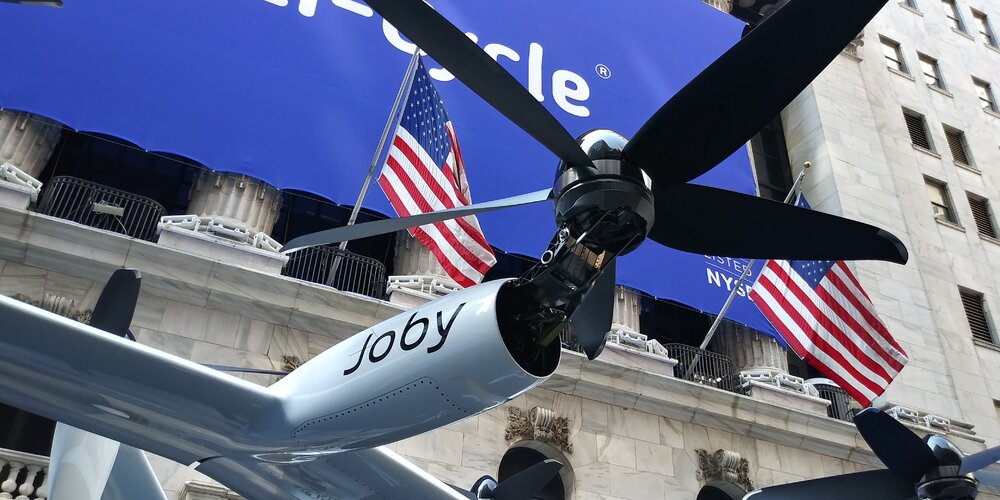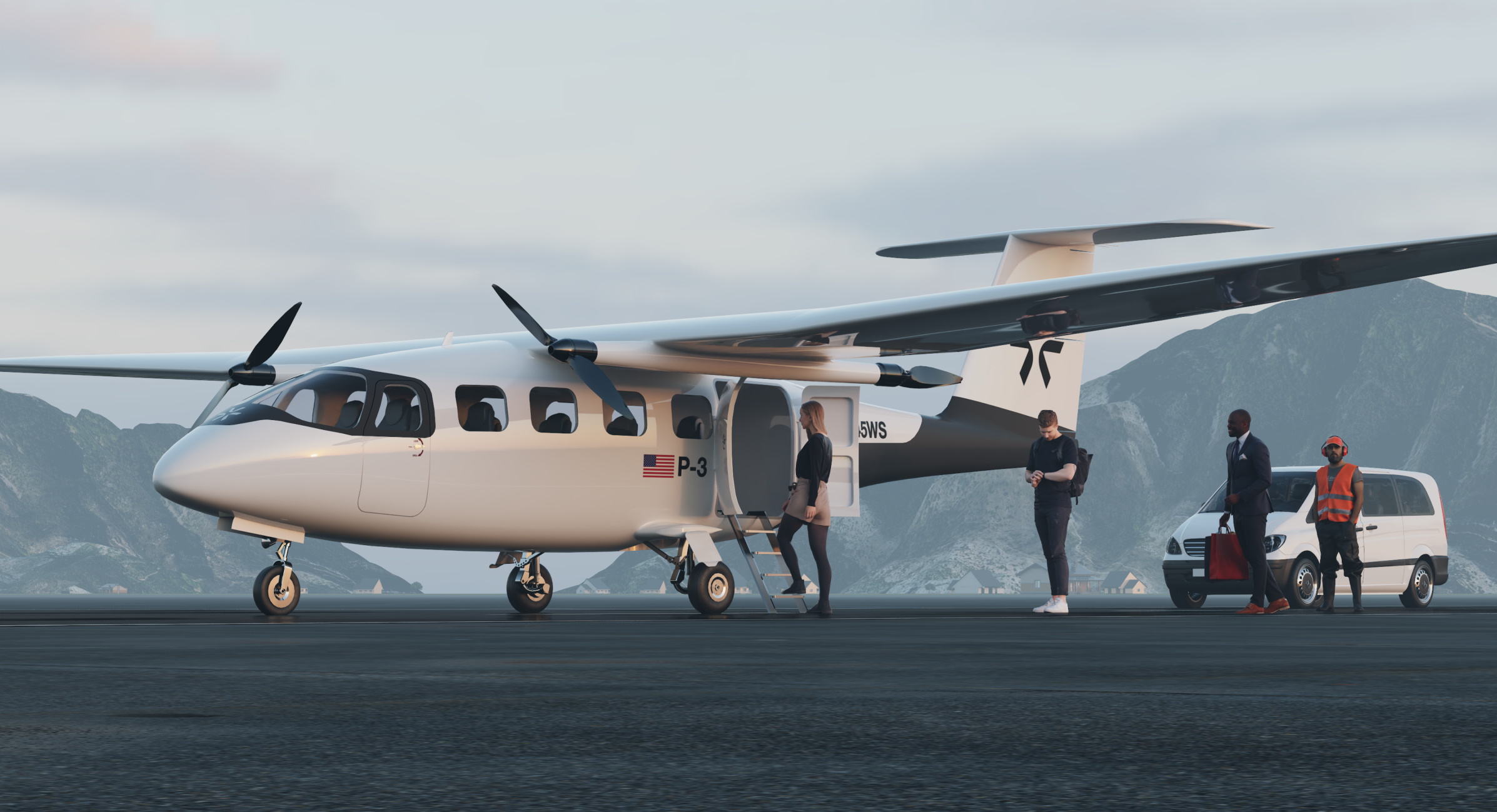Does the weight fraction for the fold system scale up well? I wonder if a UH-60 size platform would be viable. While it might be sensible for the civil market, all of the extra requirements for military use might make this a difficult proposition. It certainly does look promising.
At small scales it's not hard to build something strong enough, but as you mentioned, make this big enough to be manned, and the fold structure and mechanism become a challenge (to put it mildly).
Consider that ALL the wing loads have to pass through those relatively small hinges. So, roughly speaking, if you were to scale this up to a 7,000 lbs 5-pax eVTOL (Joby or Alia class), and you were sizing for 4.5g's ultimate load factor, those hinges would have to transfer 31,500 lbs of force.
I don't have much practical experience in this field, but if variable-geometry pivot design is any indication, these flight-critical structures are built like tanks.
Actuation is also a challenge. If you notice, for the subscale vehicle they wisely went with a somewhat crude and draggy (but light and effective!) scheme with jointed arms projecting outside of the airframe. I doubt they'd do that for a UAM vehicle.
That being said, for a group I, II, or III UAS, this is probably not a problem.
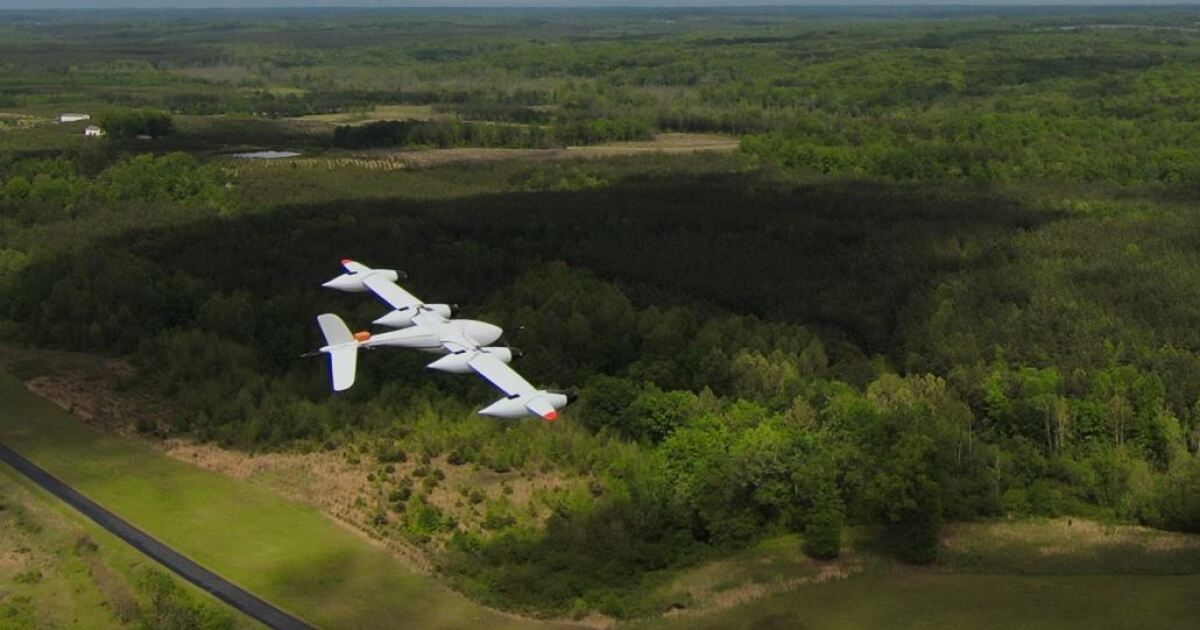
 newatlas.com
newatlas.com


